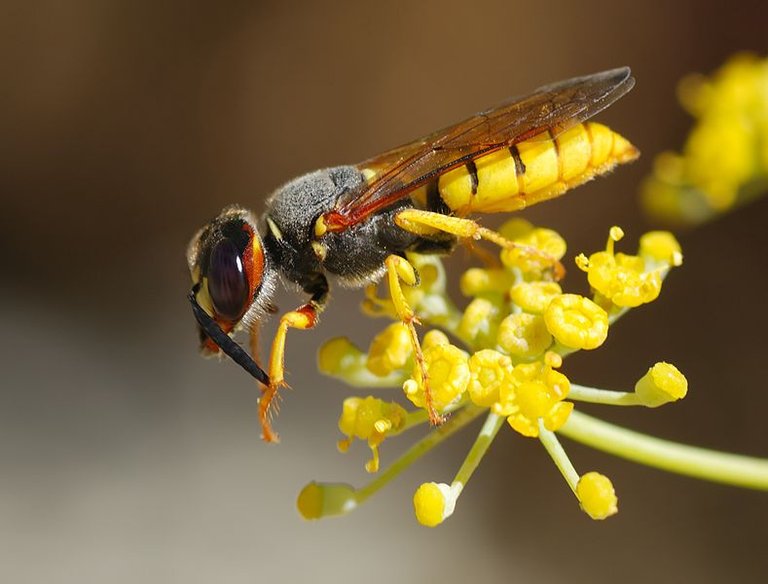Many plants have been documented as having self defense mechanisms and means of communicating with other plants through signaling molecules spread through the air.

One striking example of this you might have learned about in university biology is the way that many plants attract wasps to eat pests by releasing (Z)-3-hexenol. [1]
There are so many of these signaling molecules that researchers and analytical chemists will have their hands full for quite some time trying to identify them all.
Recently, a group of researchers decided to quantify the protective effect of one such molecule called methyl jasmonate and document the behavior of one common pest, Spodoptera exigua, on tomato plants.

This could lead to methyl jasmonate, or more likely a patentable analog molecule, becoming a desperately needed addition to the arsenal of green chemistry pesticides.
[To the authors of the study, John Orrock, Brian Connolly and Anthony Kitchen, there’s one thing I would have added to polish off the paper, a methyl jasmonate mass per tomato biomass dosage approximation. Listing the dosages you sprayed in mM just doesn’t tell me how much interacted with the plants. Given the opportunity to repeat the experiment, I would apply the liquid using a soft paint brush, then use the weight difference, pre and post, brushing to calculate the volume used, assuming evaporation is negligible.]
Notes:
[1] https://www.ncbi.nlm.nih.gov/pubmed/17786223
[2] https://www.nature.com/articles/s41559-017-0231-6
*Wasp image by Alvesgaspar

If you’d like to promote Science, Technology, Engineering, and Mathematics (STEM) on Steemit or just fight the blog spam by up voting quality content, show your support.
Many of my posts are part of a larger series of articles that cover a given subject in more detail. You can find all my related articles in the blog section at @redclover.
In addition to producing articles, I also try to elevate quality content. If you feel like we have the same standards, consider delegating Steem Power.
Great article!